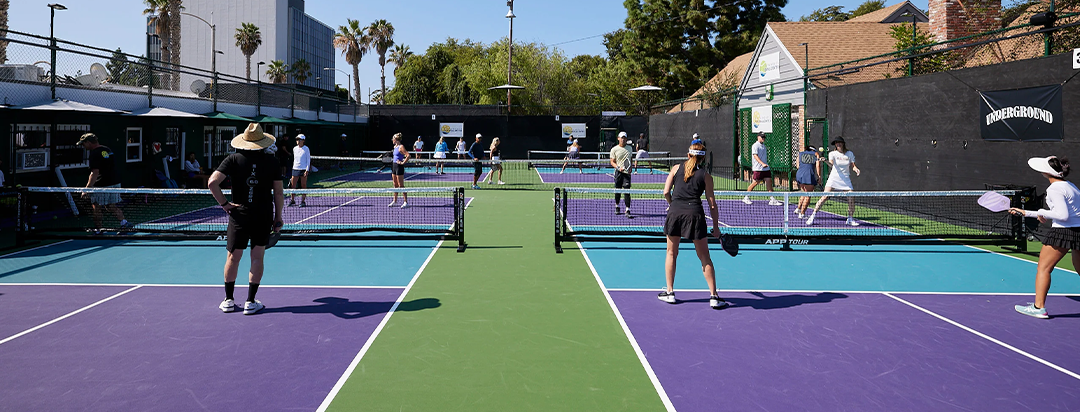

Lorem ipsum dolor sit amet, consectetur adipiscing elit ut liqua purus sit amet luctus venenatis, lectus magna.

Pickleball is one of the fastest-growing sports in the country. But while it’s easy enough to pick up a paddle and start rallying, one area that often trips up new players is keeping score. Whether you’re playing singles or doubles, the scoring system has a few quirks that make it different from other racket sports.
This guide breaks down how to keep score in pickleball, so you can step onto the court with confidence.
Pickleball uses a rally scoring format only in professional leagues and some tournaments, but traditional recreational play sticks to a side-out scoring system. This means you can only score points when your team is serving.
Games are typically played to 11 points, and a team must win by at least two. In some formats, especially in tournament play, games can go to 15 or 21, but the “win by two” rule still applies.
One of the most confusing aspects for beginners is the three-number score callout in doubles. Here’s what each number means:
For example, if the score is called out as “4-2-1,” that means your team has 4 points, your opponents have 2, and the current server is the first server on your team.
This server number system resets when possession changes. So when your team regains the serve, the first server will always be “1,” regardless of who was serving last time you had the ball.
In doubles, each player on the serving team gets a chance to serve before the opposing team gains possession—except at the start of the game. At the beginning, only one player on the starting team gets to serve. This is why you’ll often hear “0-0-2” called at the very beginning of a game.
Once the ball is in play, the serving team continues to serve (alternating between players) as long as they win rallies. When both players have lost their serve, the ball goes to the opposing team.
Singles scoring is more straightforward. You still only score on your serve, but there’s no third number to announce. Just call out the server’s score followed by the receiver’s score—“5-3” means the server has five points, and the opponent has three.
The server always starts on the right-hand side when their score is even and on the left when it’s odd. This pattern helps players track the score positionally without having to stop and think about it every time.
It’s easy to lose track of the score, especially in fast-paced games. One of the most common issues is calling the wrong server number or forgetting who started the game. Another frequent mistake is switching sides incorrectly after a side-out.
To avoid this, always reset your positioning after each rally and repeat the score aloud before serving. Verbal score announcements aren’t just a formality—they’re a functional tool to keep everyone on the same page.
If players disagree on the score, the rules suggest replaying the point only if a consensus can’t be reached and no referee is present. In casual settings, honesty and good sportsmanship go a long way.
In more competitive matches, keeping a running tally on a scoreboard or using a mobile app can help minimize errors and disputes.
Keeping score in pickleball might seem tricky at first, but with a little practice, it becomes second nature. The key is to stay consistent with how the score is announced and to remain aware of positioning—especially in doubles play.
Whether you’re a beginner or gearing up for tournament action, understanding the scoring system is crucial for enjoying the game the way it was meant to be played.


Explore our collection of 200+ Premium Webflow Templates